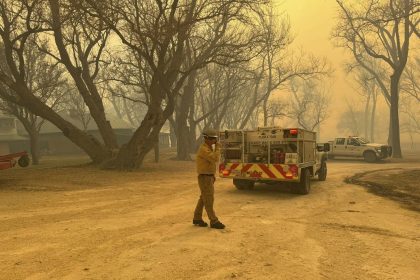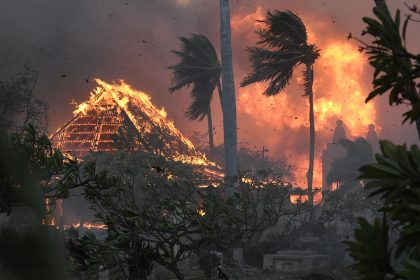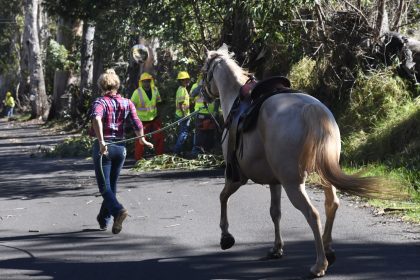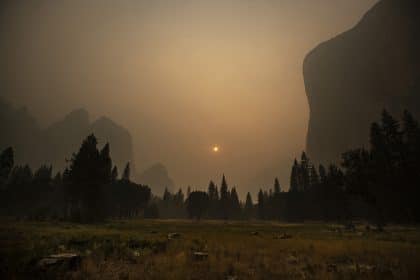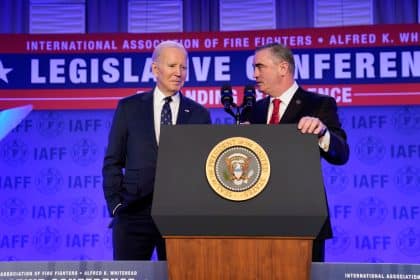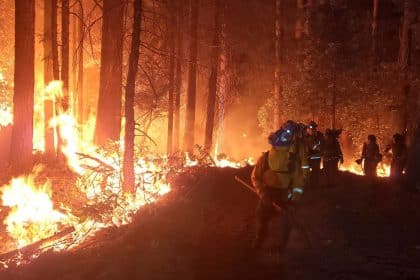Wildfires Have Destroyed Almost All of California’s Forest Carbon Offsets, Study Says
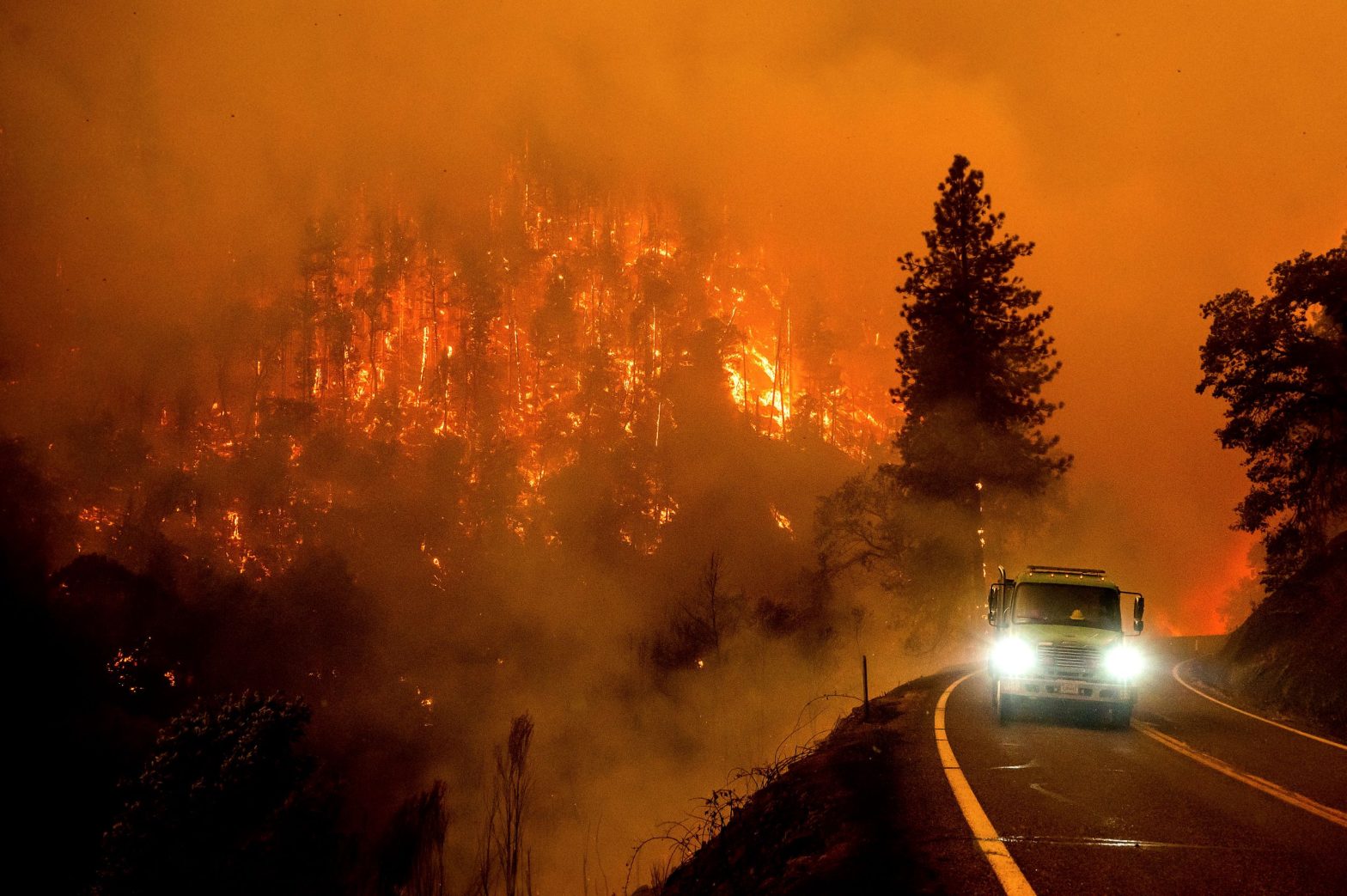
SACRAMENTO, Calif. — Carbon released during an epic series of wildfire seasons in California has effectively wiped out most of the 100-year buffer that had been built into the state’s carbon trading system, a new study has found.
According to the California Department of Forestry and Fire Protection, so far this year alone, 4,927 fires throughout the state have burned some 147,034 acres.
In late July, the McKinney Fire, which began burning in dry timber in the Klamath National Forest, became the state’s largest single wildfire to date, growing to over 55,000 acres.
While the impact on life and treasure has been abundantly evident, the impact on carbon credits set aside in reserve by forestry projects has not.
Now, a study by CarbonPlan, an independent, non-profit research group suggests that since 2015, at least 95% of the 6 million tons of offsets set aside to insure all forest projects against the rise of fire over a 100-year period have simply gone up in smoke.
To help further its goal of being carbon neutral by 2045, California maintains two separate greenhouse gas emission accounting systems.
One tracks CO2 and other emissions from human-sources, like transportation, urban development and coal-fired power plants.
The other is an inventory that takes into account the carbon stored in forests, wetlands, along the coastline, on ranges and even in urban parks.
Due to the vast acreage of these green spaces in California, it has been estimated the state’s plants and solids can store as much as 5886 million tons of carbon.
Under California’s carbon offset system, one offset represents about a ton of carbon either not produced at all or removed from the atmosphere later.
The Air Callifornia Resources Board, based in Riverside, allows certain offsets to be used in its official carbon trading system, under which polluters must buy permits to cover their emissions.
By law, the carbon savings linked to the offsets must be guaranteed for at least 100 years.
As a hedge against future risks, forest projects contribute up to 20% of the credits they generate into the buffer pool.
About 20% of the accumulated credits are considered a “buffer” against wildfire losses, while the rest guard against things like an unexpected pest infestation, an unanticipated disease outbreak, or other, non-fire related calamity.
All manner of companies from airlines to the big tech giants rely in part on carbon credits to compensate for their own emissions, knowing that should a wildfire or other incident occur damaging, say, a large swath of forest, the associated credits will be canceled out.
The problem, CarbonPlan says, is that based on real life experience, the number of credits that went into the pool may well have been the product of nothing more than “educated guesswork.”
And by the time 2022 arrived, the reachers said, the wildfires had already wiped out most of the remaining fire risk credits in the buffer pool — making the system vulnerable to collapse even if, improbably, no new wildfires emerged.
That’s because of an outbreak of sudden oak death, which is wiping out huge swaths of forestland on the west coast, virtually eliminating the buffer credits set aside for disease and other risks.
At this point CarbonPlan says, the system in place has made no effort to “account for the all but inevitable increase in fire risks as the earth continues to warm.” As a result, the researchers conclude, California’s buffer pool is “severely undercapitalized” and therefore unlikely to be able to guarantee the environmental integrity of its forest offsets program for 100 years.
Dan can be reached at [email protected] and at https://twitter.com/DanMcCue.



















